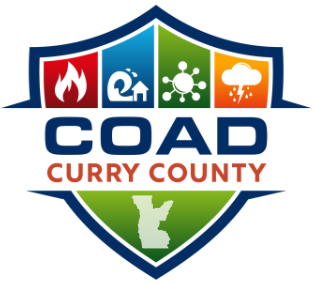Coming Soon
Curry County Natural and Cultural Resource Protection and Preservation Program (NCRP3) Disaster Plan
Curry County Context
Curry County, in the southwestern corner of Oregon, is home to rich natural landscapes and deep cultural roots. The region includes coastal ecosystems, rivers, and places of great importance to the Tututni and Chetco peoples. These resources are vital to the environment and the cultural identity of the communities that live here.
The NCRP3 Disaster Plan is a community-driven effort by the Northwest American Indian Coalition (NAIC) and Curry County Community Organizations Active in Disaster (CCCOAD). While this is not an official county government plan, it serves as a valuable guide for disaster preparedness, response, and recovery, with a special focus on protecting cultural and natural resources and uplifting Indigenous voices.
This plan encourages collaboration between tribal communities, local governments, nonprofits, and agencies to create a unified and respectful approach to disaster resilience. It recognizes tribal sovereignty and Traditional Ecological Knowledge (TEK) as essential parts of resource protection.
Together, through this plan, we aim to build resilience, protect what matters most, and prepare for a future that honors both the land and the people who call it home.
Scope of the Plan
Culture and nature are deeply connected. Our traditions, practices, and stories come from the land and waters around us. This plan is about protecting both cultural and natural resources—because when disaster strikes, they are often at risk together.
In emergencies, quick action is needed to protect at-risk cultural sites. This plan supports that work by offering guidance on:
Assessing damage to cultural and environmental resources
Stabilizing and protecting important places
Planning coordinated community responses
This framework supports collaboration across jurisdictions in Curry County, including with tribal communities, and is meant to complement—not replace—existing emergency plans. It provides helpful tools, not mandates, and is flexible enough to be adapted based on the situation and input from tribal and local partners.

